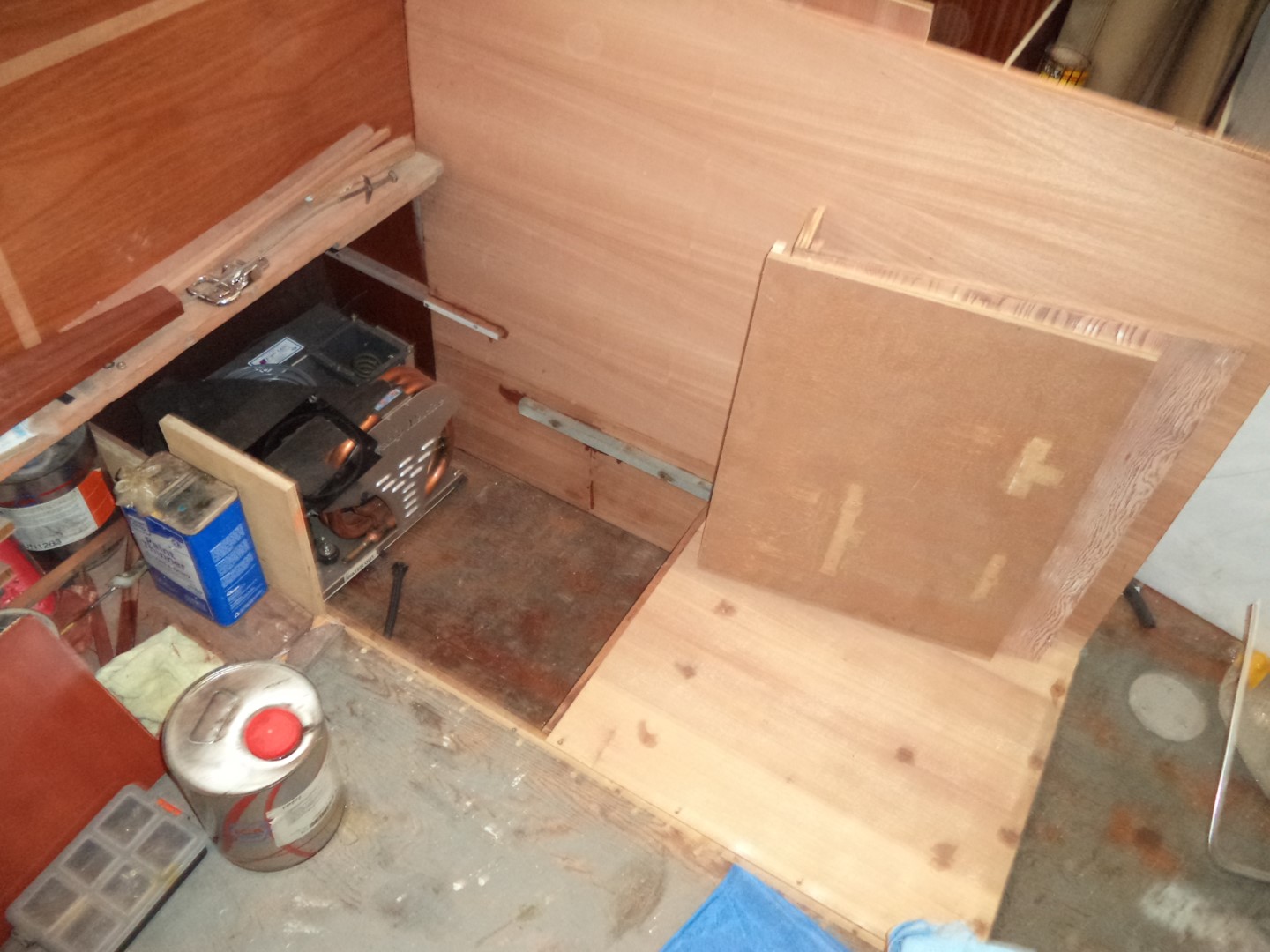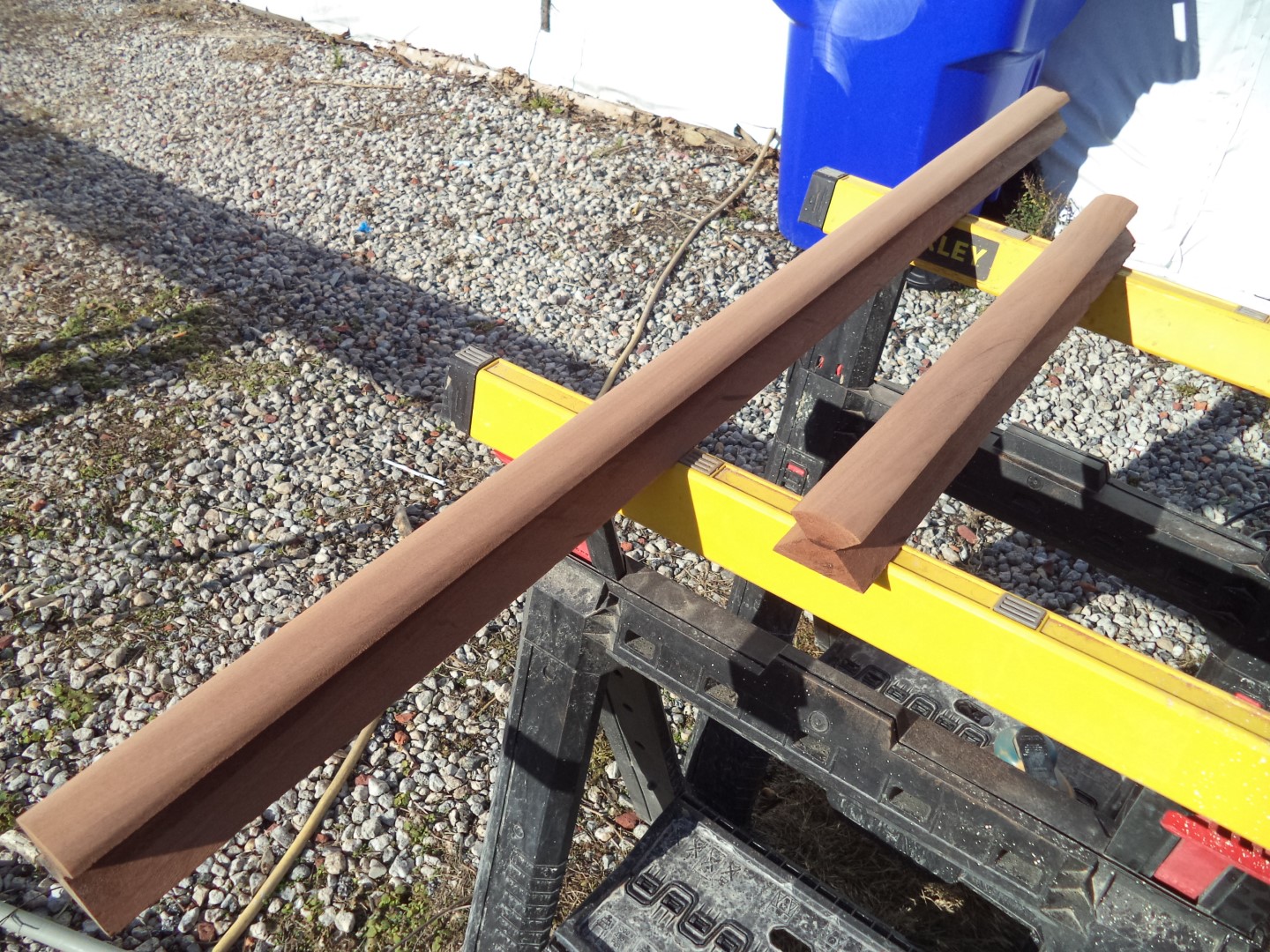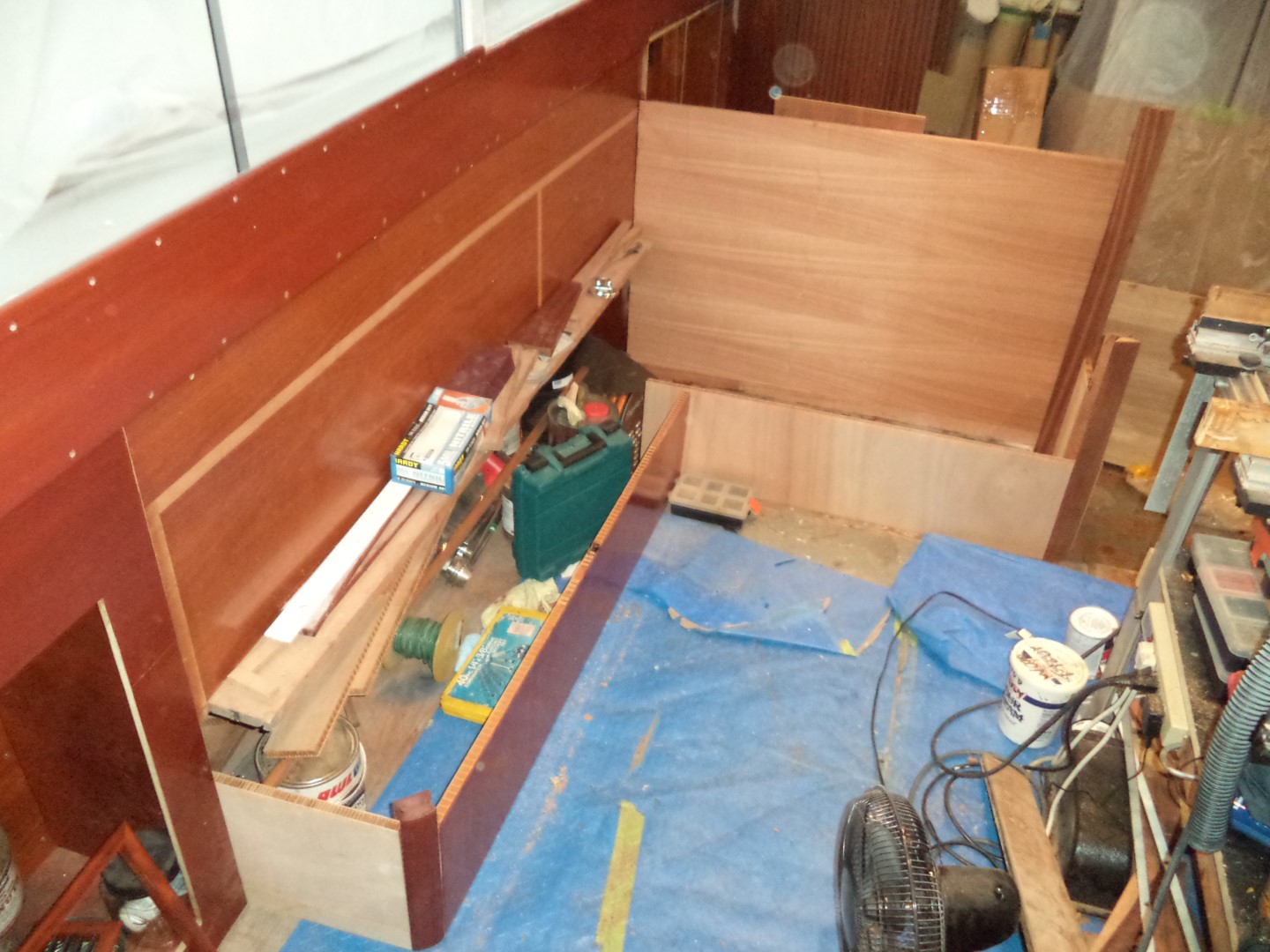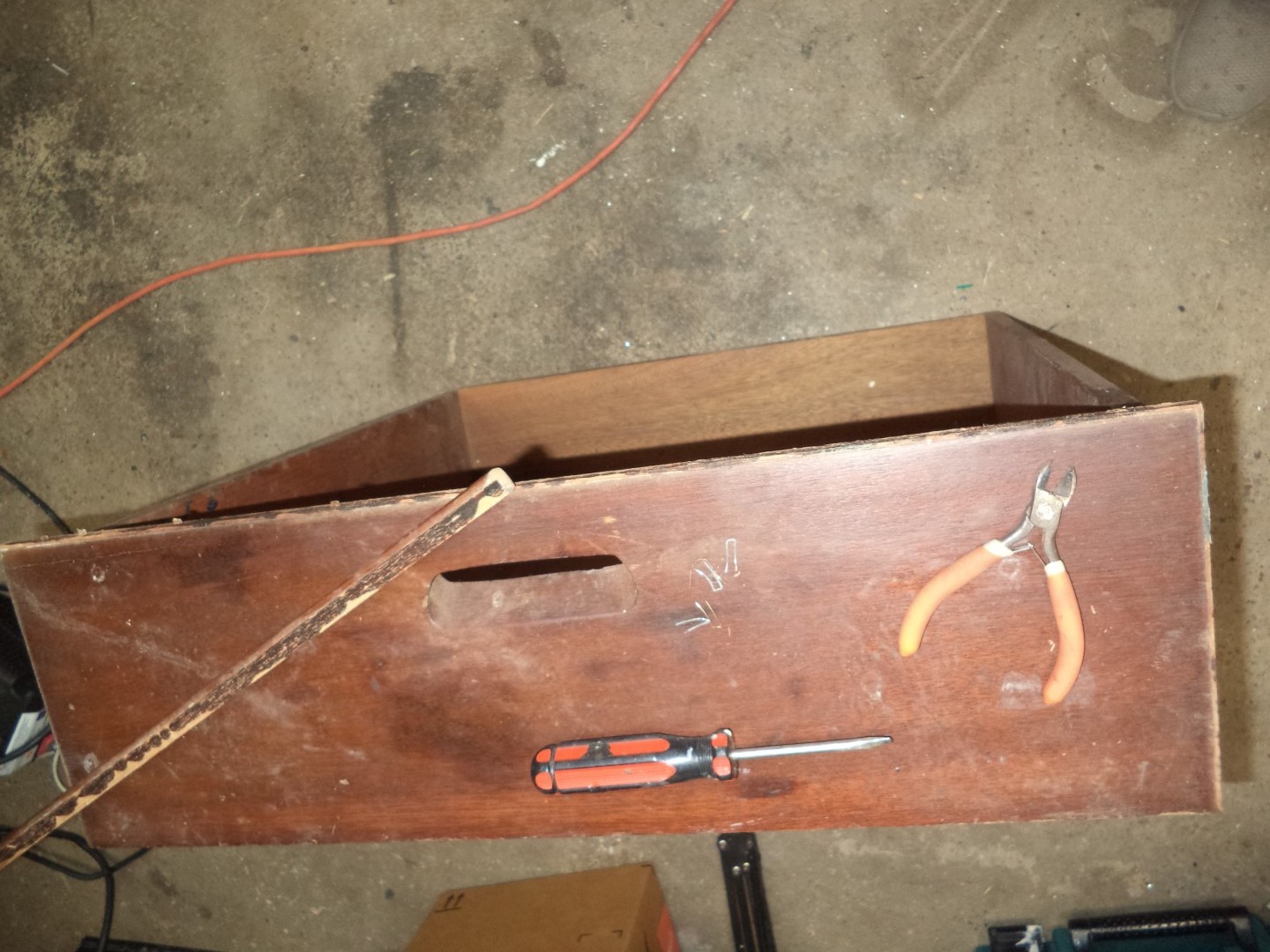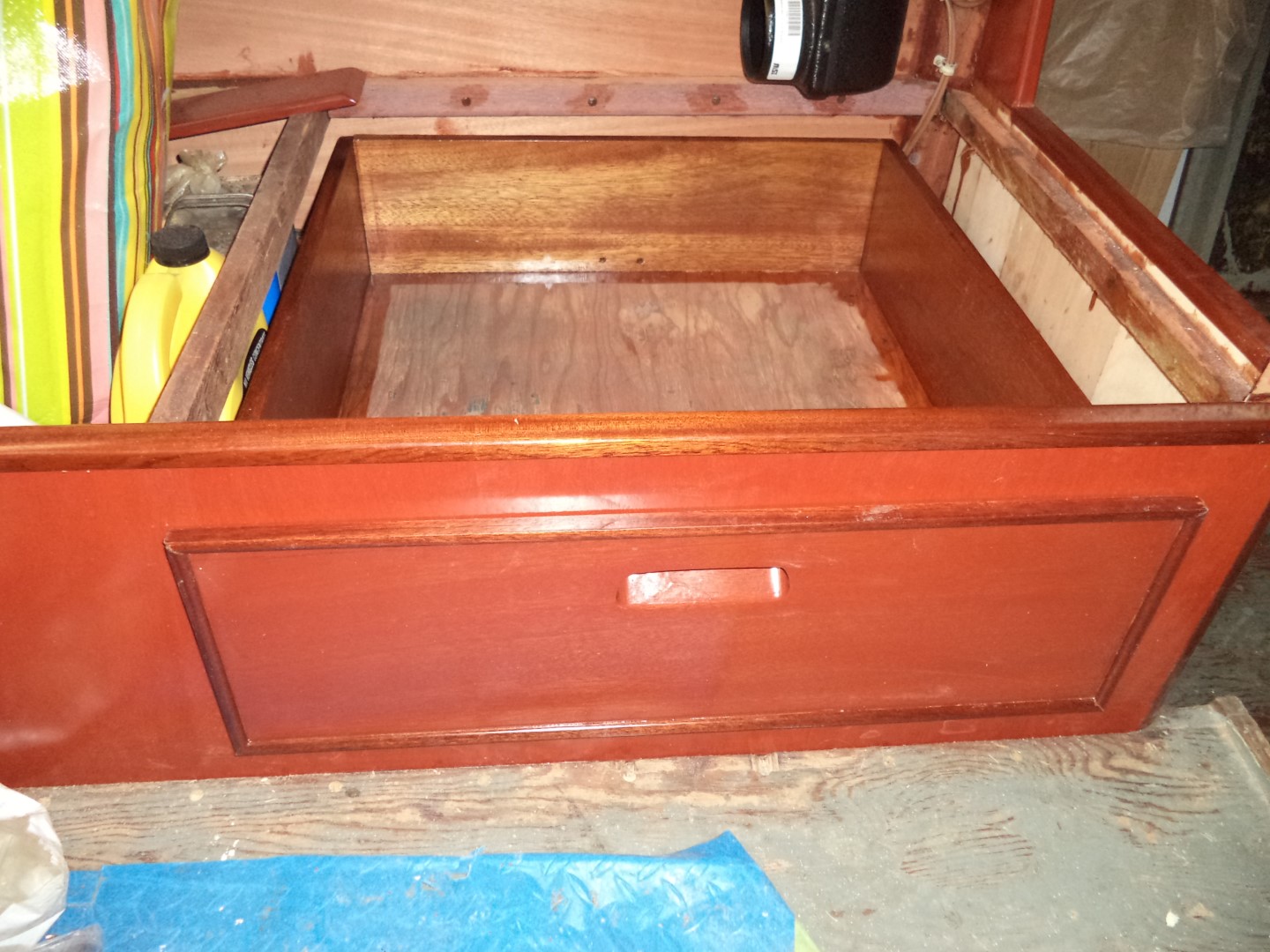Oh, I'm not in a panic or anything, and I wondered for a bit if perhaps the barrier coat is making it difficult for the system to find much bare metal to polarize. Then I remembered that, for example, the inside of the propeller shaft logs aren't coated beyond the point where I could apply epoxy, so roughly 3' of bare aluminum inside the log pipes. The inside of the OEM raw water standpipe inlets for the toilets were also inaccessible and almost certainly bare aluminum. Also, the system is ideally protecting metals in the raw water circuits of the main engines and (soon, hopefully) air conditioners. So I do want it to do the job it's intended for. I don't think it would be wise in the long term to rely on epoxy barrier coat alone.
With the 12vdc, anode, and reference cell disconnected, the meter drops to zero. With the reference cell attached, it climbs to 4.5-5 IRRC. With all wires attached and the breaker flipped on, it goes from 5.5 to 7.5 and fluctuates constantly, but spends most of its time at 6-6.5.
When we take the boat out for a cruise and come back, the meter doesn't change. The anode runs off the battery, and shore power is filtered through two Bridgeport Magnetics torroidal isolation transformers. The neutral and ground wires never enter the boat. My shore power system has no way to leak. But it's safe to say that disconnecting shore power makes no difference.
I've been giving the greasy eyeball to the blue wire that connects R4 and DR1 to R14 potentiometer. If I'm reading the theory of operation section of the manual linked from my blog correctly, that blue wire should be feeding constant 0.7v to R14. But I'm seeing 0.000v on my Fluke meter. A guy who reads my blog suggested that could mean DR1 died. So I'm going to pull one pin from the board tomorrow and see what my Fluke tells me about that diode.

